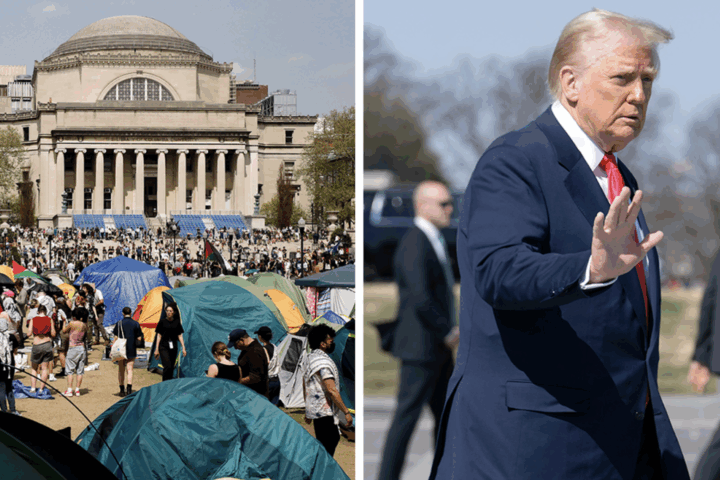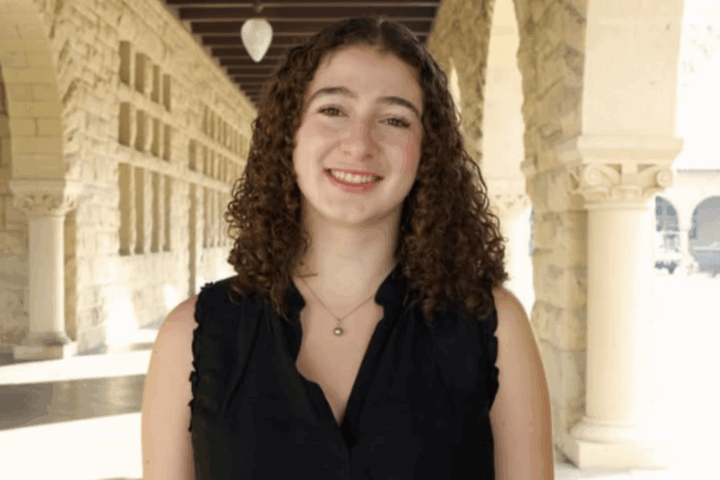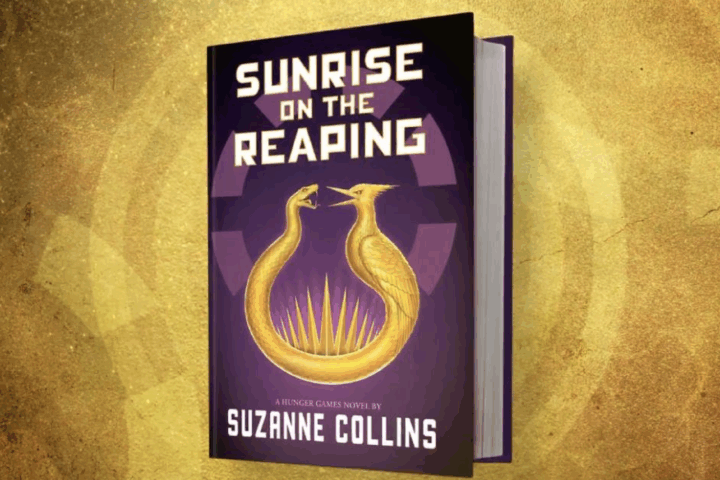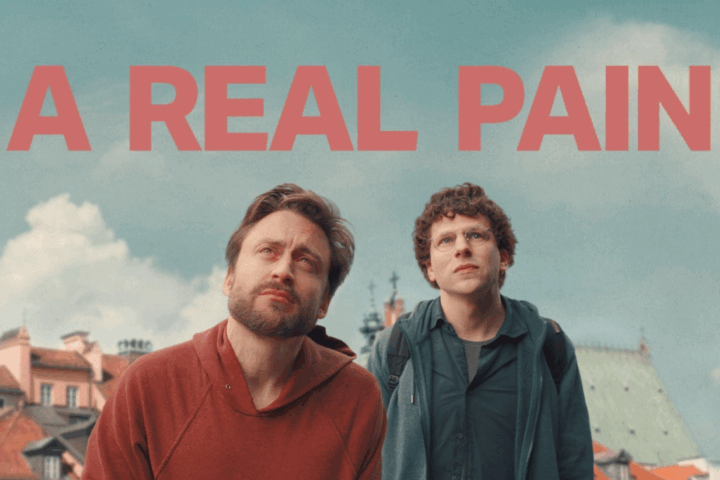After waking up at five in the morning and enduring a grueling set from our coach, my friends from Asphalt Green’s Aquatic Club and I staggered out of the pool to grab some well-earned breakfast. One member of my team, Kerry Cassidy (17), peeled off as we neared our local bagel shop. Asking him the reason behind his early departure, he said he was off to Albany, New York to photograph trains. Me, with the sole knowledge of training arising from my six-year obsession with Thomas the Tank Engine, didn’t understand the dedication and adventures one could have in the life of a train cinematographer.
For Kerry Cassidy, a senior at the Columbia Grammar School, a love of trains was hereditary. The love of trains and American railroads began with his father and his grandfather, traveling the country chasing engines and recording them with video cameras as they went. In an effort to continue the family tradition, Kerry’s father drove him out to the historic Horseshoe Curve National Landmark in Pennsylvania. There, train lines curve in 180 degree turns with a viewing area for visitors that is completely surrounded by the lines. Kerry watched from all sides as he was encircled and absorbed by slowly slithering trains. This moment sparked the patrilineal love to track and record these steel beasts.
Armed with a video camera and a tripod, Kerry travelled across the northeast, chasing and recording train cars while simultaneously noting which had special engines (ones of limited production) and pursuing them along back roads and trails. In one instance, after waking up hearing that one engine was in a depot in Harrisburg, Pennsylvania, on the dispatch radio, he and his father took the three hour drive to videotape its arrival and departure. With this dedication and love for trains Kerry formed River Line Productions in 2016 –– a youtube channel dedicated to recording these metallic behemoths in action. The channel has grown quickly in the last four years, gaining a whopping sixty-four thousand views on some videos. This has led to the creation of an Instagram, which has come to the attention of Amtrak a few times. The sudden growth of his channel has led Kerry, after a successful swim meet in Nashville, Tennessee, to take a road trip through Appalachia, in an adventure exploring the now-abandoned mining tracks from the 20th century.
In the early 1900s, Thurmond, West Virginia was a bustling coal town with a thriving industry: a town on the rise. Unfortunately, with the rising popularity of natural gas and green energies, Thurmond, and countless towns like it, have been left behind by the changing times–– stripped of their prosperity and population. When Kerry Cassidy visited the area in 2019, the population of Thurmond was only five elderly residents. Kerry, a registered Democrat, when asked if he sees the appeal of voting for Trump for those in the Rust Belt immediately responded “100%.”
Kerry further explained, “these people have been in economic ruin for decades and have only been delivered false promises by mainstream politicians. When Donald Trump arrived on the campaign trail, this political outsider delivered promises that were very appealing to these people, [even though] he has not yet executed on those promises.”
In conversations with the locals eating in diners and gas stations, Kerry was able to see an experience different than our own as New Yorkers. “I get to meet people who have different political ideas and different backgrounds. What I really was able to understand was who the ‘American Worker’ was,” Kerry said over the phone, “I’ve met and befriended many of the railroad workers and mainly the people I spend time within the city are working white-collar jobs around Wall Street.”
Kerry’s discovery of these two vastly different worlds echo as we continue to see the divide between the coastal cities and rural communities. By seeing both sides of the tracks, Kerry is in a unique position to see CEOs in the city make decisions for the railway that directly affect many of the workers he’s befriended. When recording these trains, Kerry is able to see both the subject of the photo and the context that leads to each train reaching its destination.
While others just record a train rolling down the tracks, Kerry finds the humanity and importance behind these trains that allow many of our products to arrive with speed and ease. Kerry emphasized the importance of trains. “One of the defining indicators of the economy in crisis is when trains become shorter.”
Kerry’s goal in covering trains is to both share the familial love he has for these engines and to spread awareness about the men and women who help to keep this country running. As Kerry stressed the centrality of the rail system in America, he compared it to the blood cells in our very own body. “Trains are the lifeline to our everyday world, without it, produce would disappear and common goods like toilet paper and masks would fly off the shelves as quickly as they did in March.”
You can check out more of Kerry’s work on his youtube channel “River Line Productions” and his instagram page with the same name.





